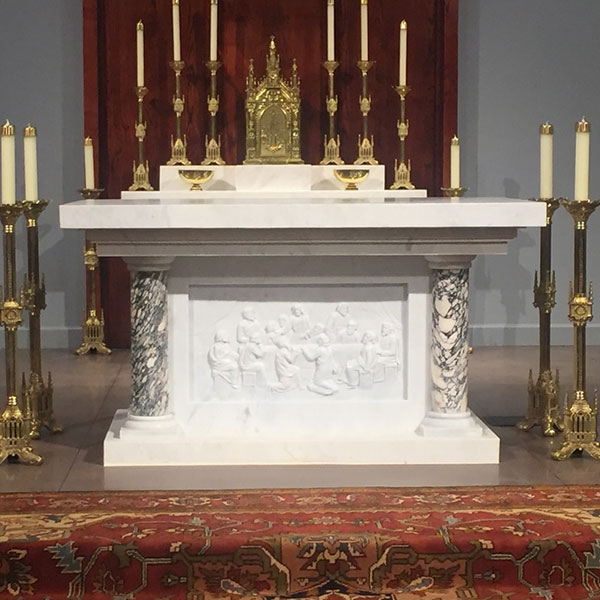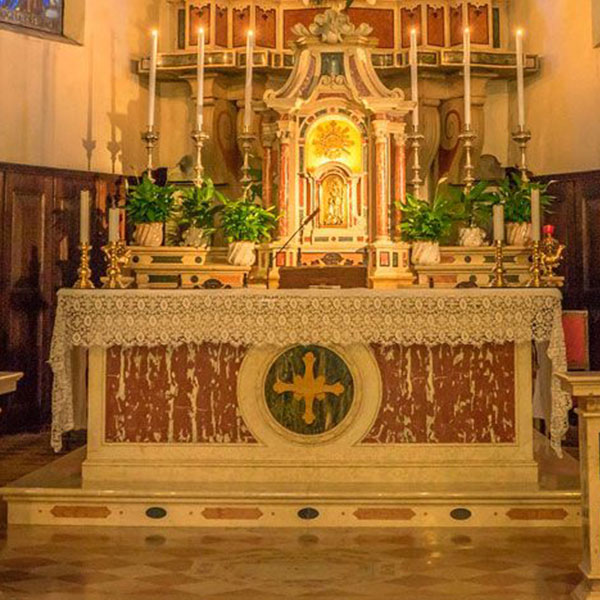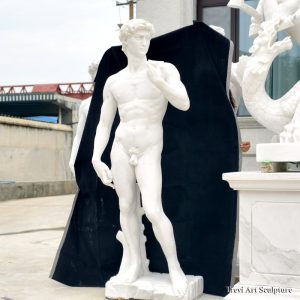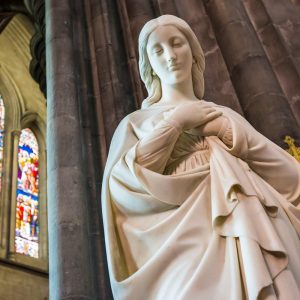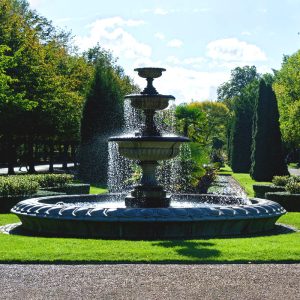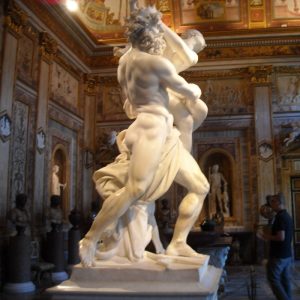Since wood is subject to decay, the baser metals to corrosion, and the more precious metals were too expensive, stone became in the course of time the ordinary material for an altar table. The earliest decree of a council prescribing that an altar table which is to be consecrated should be of stone is that of the provincial council of Epeaune France, in 517.
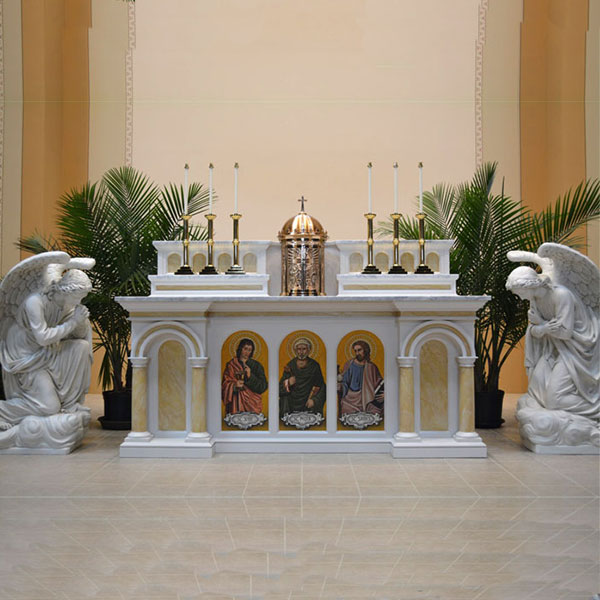
The present discipline of the Latin Church distinguishes between the “table” of an altar (the top) and the supports or base. The latter, provided it is dignified and solid, may be of any material. Marble Altar sculpture from You Fine Art Sculpture Factory as follows:
On the other hand, “in keeping with the Church’s traditional practice and with what the altar signifies, the table of a fixed altar should be of stone and indeed of natural stone”, except where the episcopal conference authorizes the use of another material (such as wood) that is dignified, solid and well-crafted. “A movable altar may be constructed of any noble and solid material suited to liturgical use, according to the traditions and usages of the different regions.
In Eastern Christianity (including the Eastern Catholic Churches) the use of stone, wood, or metal is permitted.
